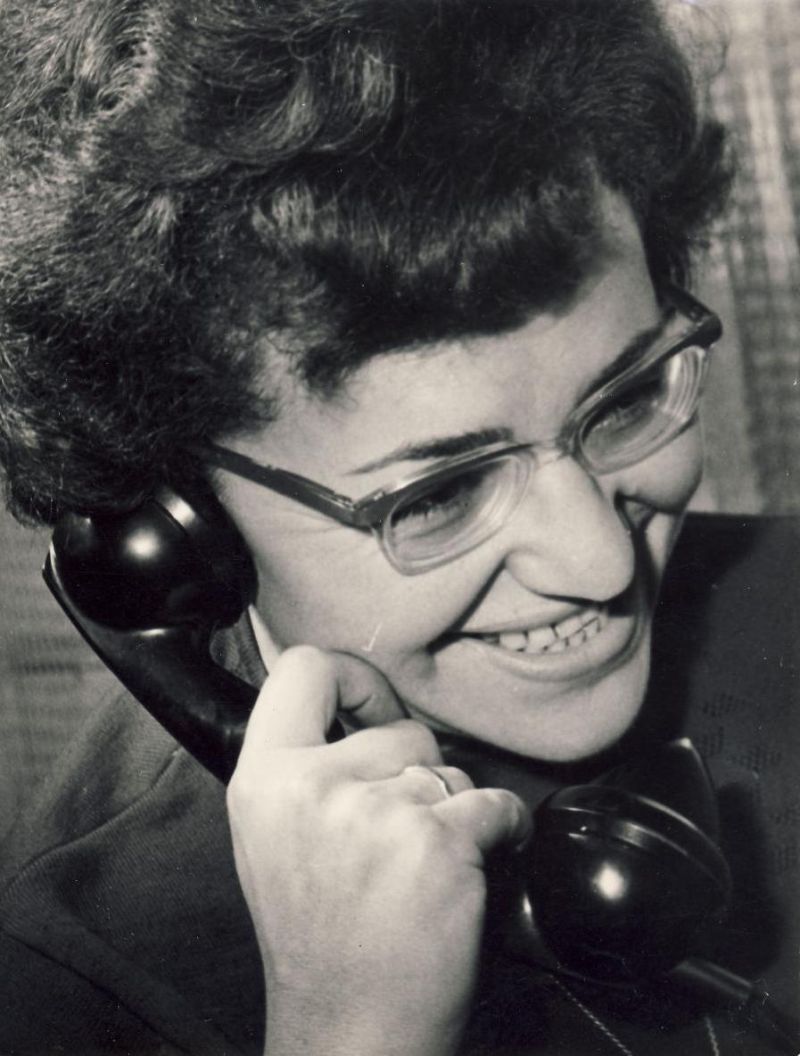Helena Bohle-Szacki. Fashion – Art – Memories
Mediathek Sorted

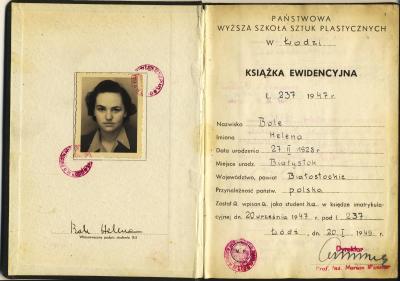

















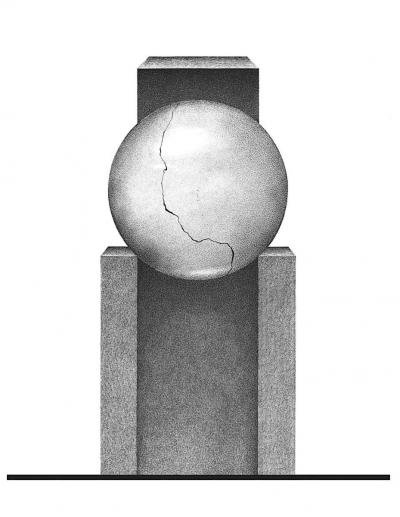
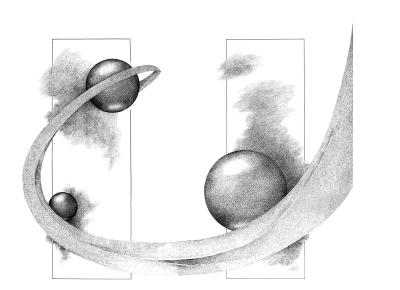




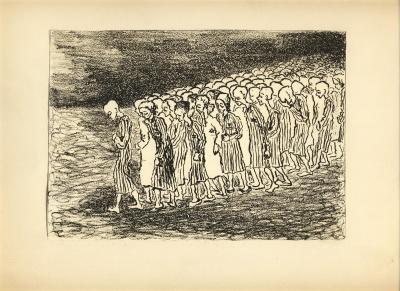


Interview mit Helena Bohle-Szacki, 2005





























Other critics, like the Polish painter and poet Henryk Waniek, also seem to follow a similar interpretation: “The horizontal and the vertical, the diagonal and the oval. Light and dark. Far and near. These are the main elements of her language. A quote from a landscape. A lonely tree. Fractions of a larger whole. And all this put together with a rigorous geometry, which we always think is completely artificial and man-made. Wrongly so. Geometry is also a part of nature. The world view in Helena Bohle-Szacki‘s pictures corresponds to the ideas of Plato, who explained the world through the work of hidden ideal prototypes. For philosophy is the very purpose of art.”[15]
The technique used by the artist in these pictures creates a kind of formal connection between a representational and a non-representational approach. Most of the drawings were created with the help of a sharp pencil used by architects and designers: here she tirelessly covered the white surface with tiny dots or lines. In her opinion: “Initially I wanted to express as much as possible with this modest tool. Working with a whole range of shades between black and white is like creating new colours. Added to this is the differentiation of the surface structure, which can almost replace the colour. On the other hand, this technique imposes certain restrictions, and this is the challenge”[16] This is how her distinctive hallmark was created: The changing compression of black dots produces an open space on the white paper surface, creating an interplay of different, carefully selected forms. And then it turns out that what is realistic ceases to reflect reality, while abstract features become strangely tangible.
“Something emerges from nothing. Something dotted or dashed, crossed or crisscrossed, bent or linearised, rhythmicised by repetition and encompassed by straight lines, which transforms the white emptiness into a space and into light: and the whole is transformed into a piece of cosmos”.[17] This is how the critic and writer Olav Münzberg summed up the essence of Helena Bohle-Szacki‘s art. Her images are not imitations of reality; rather they evoke entirely new, mostly abstract realities whose origins lie far from the world of human experience. Perhaps they are hunches, intuitive insights into an encrypted yet clear order of things, which ultimately also includes every individual experience.
A harmonious interplay of geometric forms is often disturbed by surprising disruptions, elements of chaotic confusion, uplifting, shifting and delimitation. However, this disturbing dynamic is balanced by the rhythm of classical image composition. It would be pointless to interpret these images and impose interpretative stories on their universal dimension. At best one can only enter into one‘s own associations, like the Berlin logotherapist Ingrid Bergmann who sees them as “ideas that have become images, connections of meaning between what one feels, experiences and dreams, poured into cosmic primordial forms of geometry”.[18]
But the viewer can find him/herself in these pictures: she stands in front of a mirror and sees herself in a space where intellect and emotions merge and something intuitively imagined can be recognized. Thus the images convey a knowledge that nothing is definitively complete, that the forms are in a constant process of arising and decaying, and also that this eternal movement, if it is accepted, can possess a rare beauty.
Helena Bohle-Szacki‘s first exhibition took place in 1974 in a small gallery in West Berlin, called Kleines Kra, after which she gladly and frequently exhibited her work all over Europe. Until 2007 she had about 40 solo exhibitions in many European cities, from Berlin, Warsaw and Paris, to London, Copenhagen, Hamburg, Lodz and Prague It was always important for her to share her work with others, to surprise and delight viewers, and to give them food for thought. Some titles, which the artist often changed and regarded as a way of helping the viewer (“Captured”, “Hidden”, “Flight”, “Beginning of the End”, “Departure”, etc.), have prompted a few people to search for an interpretative key, which might refer to the artist‘s life. It remains to be seen whether such an interpretation of Helena Bohle-Szacki‘s art can be justified. She herself rejected this. But her past was more than just a hidden borderline experience.
[15] Henryk Waniek, in: Helena Bohle-Szacka, exhibition catalogue, Płocka Galeria Sztuki, Płock 1999.
[16] Conversation 1, op. cit.
[17] Olaf Münzberg, introduction to the exhibition, Helena Bohle-Szacki, Berlin 2001.
[18] Ingrid Bergmann, Introduction to the exhibition, Helena Bohle-Szacki, Rückblicke. Zeichnungen 1973–2007, Galerie DerOrt / Miejsce, Berlin 2007.





















































































